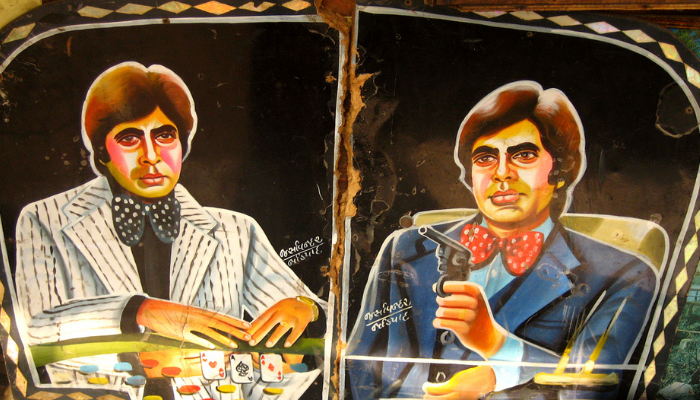Written by: Poorvi Gupta
The Hindi film industry earned over INR 4000 crores in 2019. For a mammoth industry, it continues to build and cash in on women’s labour, both on and off screen, often at their expense. For queer folks, the situation is even worse, and deserves a detailed analysis of its own. This piece attempts to highlight some aspects of the industry that reflects its unwillingness to address and fix its gender issues.
State Of Gender Representation In Bollywood Films
An IBM study analyzed 4000 Hindi movies between the years of 1970 – 2017. The study found that more than 80 per cent films had more mentions of men than women but more than 50 per cent movie posters featured female actors. A larger number of male actors portrayed characters who were doctors (32.2 per cent) or police officers (15.4 per cent) while women’s characters were limited to stereotypical occupations, such as teachers (59.5 per cent) and secretaries (25.4 per cent).
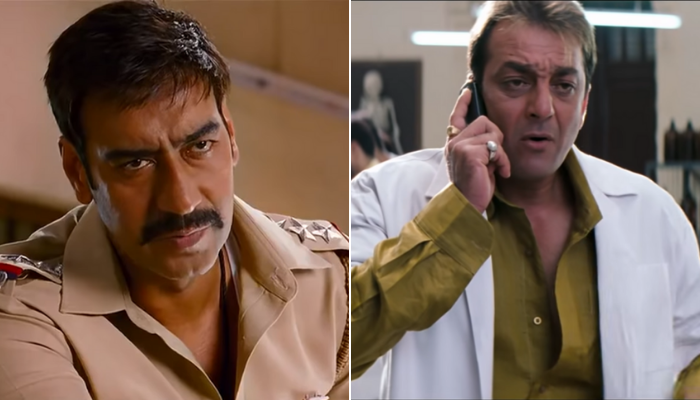
In behind-the-camera-professions, as of 2014, the Indian film industry had only 9.1 per cent female directors which is marginally above the global average of 7 per cent. The percentage of female writers in the film industry was no better at 12.1 per cent – far below the global average of 19.7 per cent. Following a similar trend, while the global average of women producers in the film industry was at 22.7 per cent, India had only 15.2 per cent women producers. The study concluded that for every woman there were 6.2 men in the film industry.
The condition is far worse for the queer community that still remains at the margins of the film industry in both on and off camera roles. While Bollywood, for the most part, hasn’t done justice in representing queer characters on screen, it has made some headway recently. Films like ‘Shubh Mangal Zyada Saavdhan’, ‘Kapoor And Sons’ and ‘Ek Ladki ko Dekha Toh Aisa Laga’ – a film that was written by a trans woman screenwriter, Ghazal Dhaliwal, has slightly pushed the envelope.
So far, film directors Shonali Bose and Onir have come out as bisexual and gay, respectively. Writer, director and filmmaker, Apurva Asrani, who has films like CityLights and Shahid to his credit, also came out as gay after the 2018 SC judgment scrapping section 377. A positive highlight in the recent past from beyond Bollywood would be actor Anjali Ameer, a trans woman, starring opposite Mammootty in the 2018 Tamil film, Peranbu.
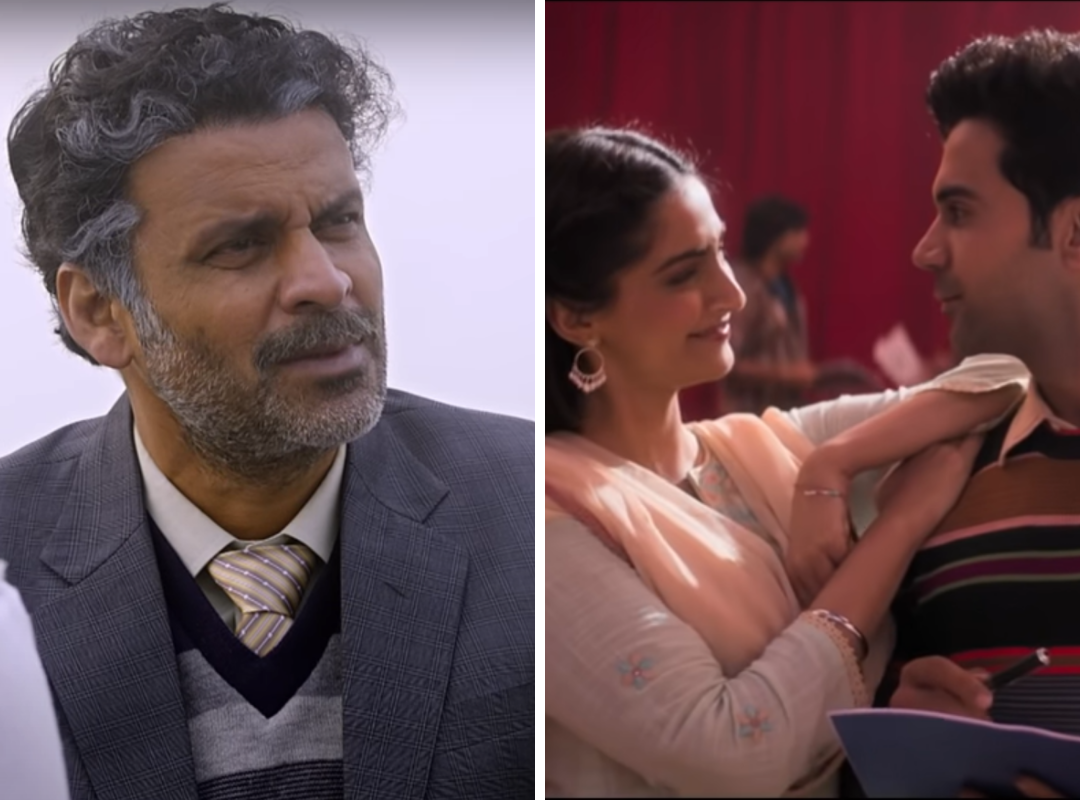
That said, largely skewed and insensitive representation along with a data gap on participation of queer folks in the film industry indicates how the industry has a long way to go.
Noted film critic and founder of Film Companion, Anupama Chopra, in her conversation with CEO and Founder, Ungender and Conduct, Pallavi Pareek, recounted how when she had to interview a female actor in 1995 on a film set, she noticed there were hardly any women on a set of over 100 people.“The only women on that set were me, the central character, her mom and her hairdresser. There were four women in a crew of 120+ people,” she said. It was only around 1998 – 1999 when she started to see female assistants and directors, she recalled.
The film industry may have production firms but it’s hugely dependent on unions for help in securing a diverse range of professionals required to run the movie making business. These unions are hierarchical and the power gap within the film industry also exacerbates the gender divide. Talking to one of the founding members of the ‘Women in Cinema Collective’ (WCC) and an award-winning filmmaker, Anjali Menon says, “Power dynamics is entrenched in the whole system. When we talk about evolving essentially it means to build inclusivity in the industry. When we talk about inclusion, everybody needs to have access to the same rights.”
The #MeToo Movement And The Dire Need For PoSH Compliance In Bollywood
The #MeToo movement that notably shook the Hindi film industry, among others, as many women actors, musicians, choreographers spoke up about sexual harassment and misconduct by their male peers at the workplace in 2018 also reeks of the same power dynamics that Menon talks about.
In India, the second wave of the #MeToo movement, and the first for the Hindi film industry started when former actor, Tanushree Dutta, alleged Nana Patekar of sexually harassing her on the sets of the 2008 film ‘Horn ‘Ok’ Pleassss’. Dutta mentioned being cornered and a mob damaging her car when she spoke up about it. In the aftermath of this incident, she quit the industry.
About two years ago after Dutta spoke up again, several women joined her and shared numerous instances of sexual harassment that occurred during their work in the film industry. The snowball effect of the #MeToo movement led to musicians being dropped from TV shows, actors being dropped from films, and the like. Queen director, Vikas Bahl, against whom sexual harassment charges were levelled by a former employee of his company, Phantom Films Pvt. Ltd., reportedly requested for an investigation by the Internal Complaints Committee (which was set up weeks before his film Super 30 was to be released) to inquire into his allegations. He was then absolved of all the charges against him.
Even though numerous women from the industry spoke up about sexual harassment at work, no concrete change has come through, opines Menon.
“I am disappointed by the reaction of people in the industry who are in a position to make change happen. But what is promising is that women have started to speak up and ask for what is due. As a result of WCC’s appeal, the Kerala State Govt. appointed a commission to study gender discrimination in the Malayalam film industry, that is a big step. The report has been submitted and Justice Hema has clarified that there are grave gender issues in the film industry that need to be addressed. At least no one can deny these things anymore or say ‘such things don’t happen in our industry’. But it remains to be seen what will be done about it. Clearly, there needs to be a mechanism to ensure that the law is complied with.”
The Sexual Harassment of Women at Workplace (Prevention, Prohibition and Redressal) Act, 2013, also known as the PoSH Act, is applicable to every industry, which means it is also mandatory for institutions operating within the film industry to abide by the PoSH laws and safeguard the rights of women workers. One of the main reasons for women actors, directors, technicians, etc. to come together to form WCC was to ensure that the film industry across the country follows the norms set by the government to ensure gender diversity, inclusion and safety.
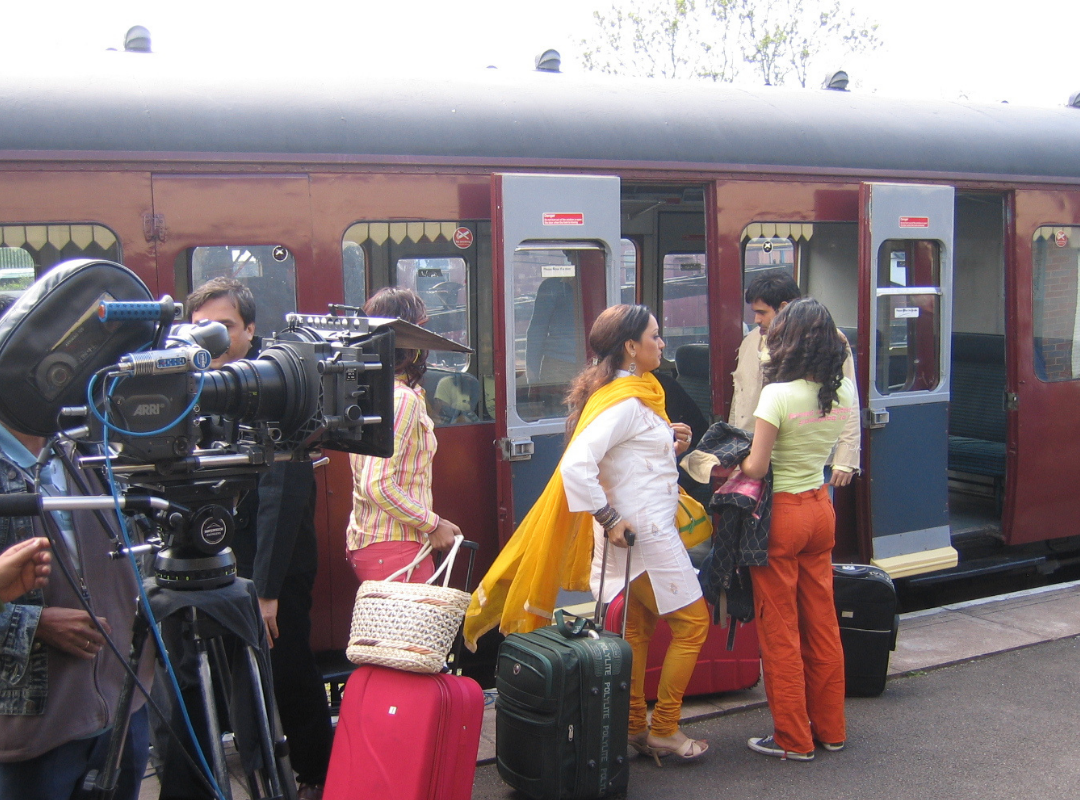 Little is known about the degree of PoSH compliance by film industries across the country with exceptions of a few like the Producers Guild of India (PGI) and the Screenwriters Association (SWA). The PGI is taking strong measures to ensure producers in the Hindi film industry are complying with PoSH. The WCC in 2018 filed a public interest litigation (PIL) in the High Court seeking compliance of PoSH by all the stakeholders in the Malayalam film industry but the case is still pending.
Little is known about the degree of PoSH compliance by film industries across the country with exceptions of a few like the Producers Guild of India (PGI) and the Screenwriters Association (SWA). The PGI is taking strong measures to ensure producers in the Hindi film industry are complying with PoSH. The WCC in 2018 filed a public interest litigation (PIL) in the High Court seeking compliance of PoSH by all the stakeholders in the Malayalam film industry but the case is still pending.
One Of Many Sexist Barriers To Entry
It has also not been easy for women in behind-the-camera professions to survive in the Hindi film industry. Renowned makeup artist Charu Khurana moved to the Apex Court against sex-based discrimination by the Cine Costume Make-up Artists and Hair Dressers Association of Mumbai or CCMAA (a trade union registered under the Trade Unions Act of 1926), which refused membership to Khurana because she was a woman. Up until 2014, when the Supreme Court decided in favour of Khurana, the CCMAA would only extend membership to men. The second ground of admission was if the person had lived in Maharashtra for five years.
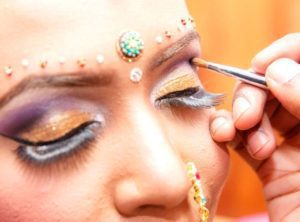
Talking about the case, Khurana told us, “I was 17 when I got the opportunity to work as a makeup artist in an ad film and that’s when I was introduced to the entertainment industry and how makeup was so crucial to the whole process of moviemaking. I was very fascinated and excited to be a part of it. Soon after, the union raided the set and asked me for my Union card which I didn’t know about, so they fined me for INR 1000 for working without a union card. This happened in 2005. Additionally, the rule was that makeup artists have to have a domicile proof which means that they should have been living in that state for five years before working as a makeup artist in that state. I thought these rules were bizarre and because of these rules, I kept losing out on work that I was getting.”
Khurana eventually filed a case in the Supreme Court in 2010 and it took four years for the judgement to come through. The landmark judgment allowed women to work as makeup artists in the film industry. It also revoked the arbitrary domicile proof rule so makeup artists can work in different film industries without having to stay in any state for a certain number of years.
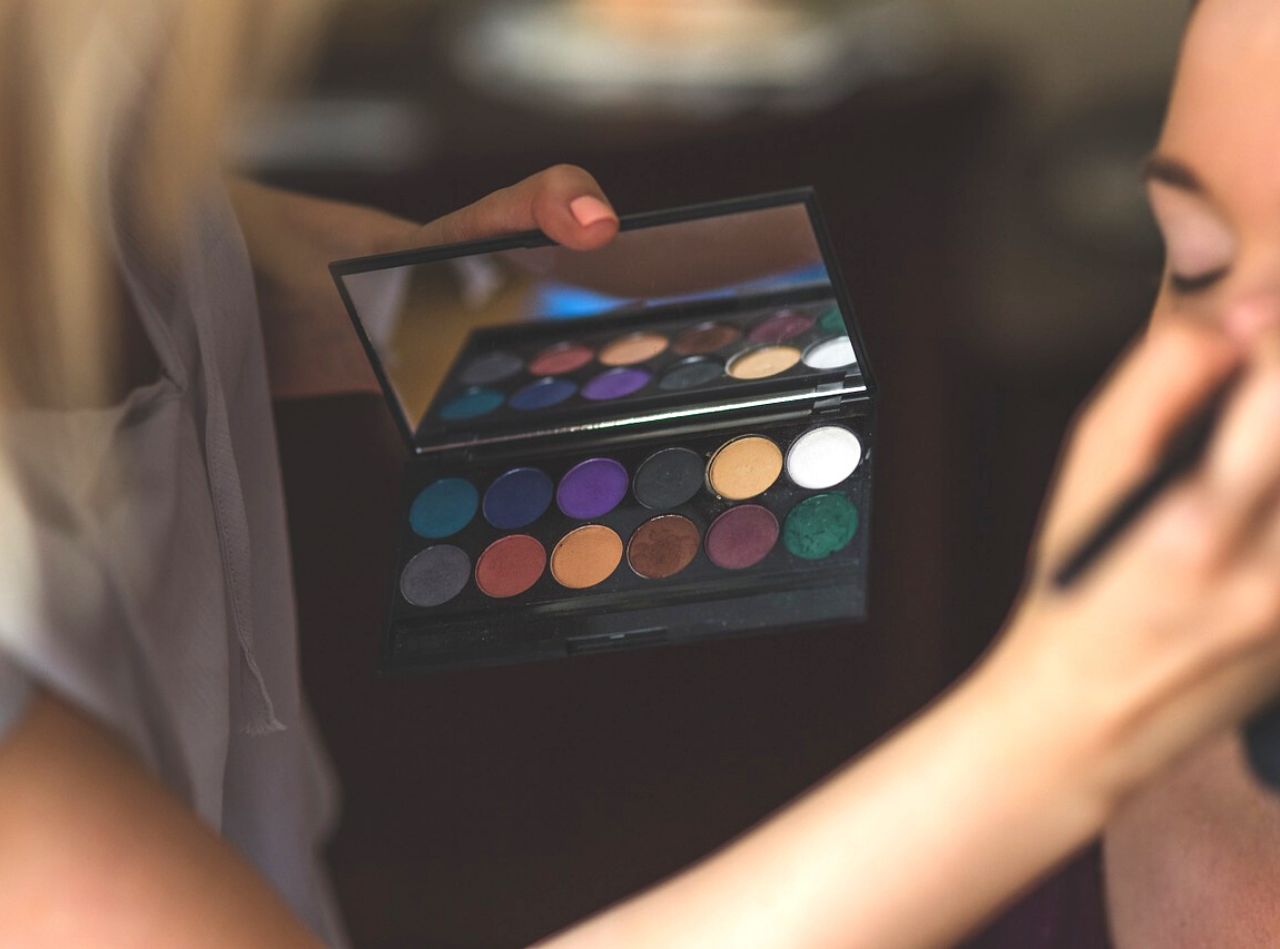
She says that when she entered the industry there were hardly any women makeup artists who were working elusively but now the numbers have increased by leaps. While the numbers have increased the union has still not ensured compliance of PoSH laws to safeguard the rights of women. Khurana claims that while it would be a good thing to have ICC but as far as I know there aren’t any at the moment.
In her time, Khurana has seen more women enter the industry as makeup artists. While the numbers have increased, the CCMAA has still not complied with the PoSH Act. Khurana thinks it’d be good to have an ICC and wasn’t sure if there was one at the moment.
The Hindi film industry will have to take up the issue of gender equality, safety and compliance with PoSH more proactively to effect positive change.
About the author: Poorvi Gupta is a freelance journalist working in the gender space. She is mostly optimistic about the progress women are making in male-dominated spaces and feels passionately about women speaking up at the workplace or in public spaces battling intersectional odds.
All images have been used for representational purposes.
Image credits: Meena Kadri, Jack Zhang, Luxury Train Club/Flickr
Ungender Insights is the product of our learning from advisory work at Ungender. Our team specializes in advising workplaces on workplace diversity and inclusion. Write to us at contact@ungender.in to understand how we can partner with your organization to build a more inclusive workplace.

